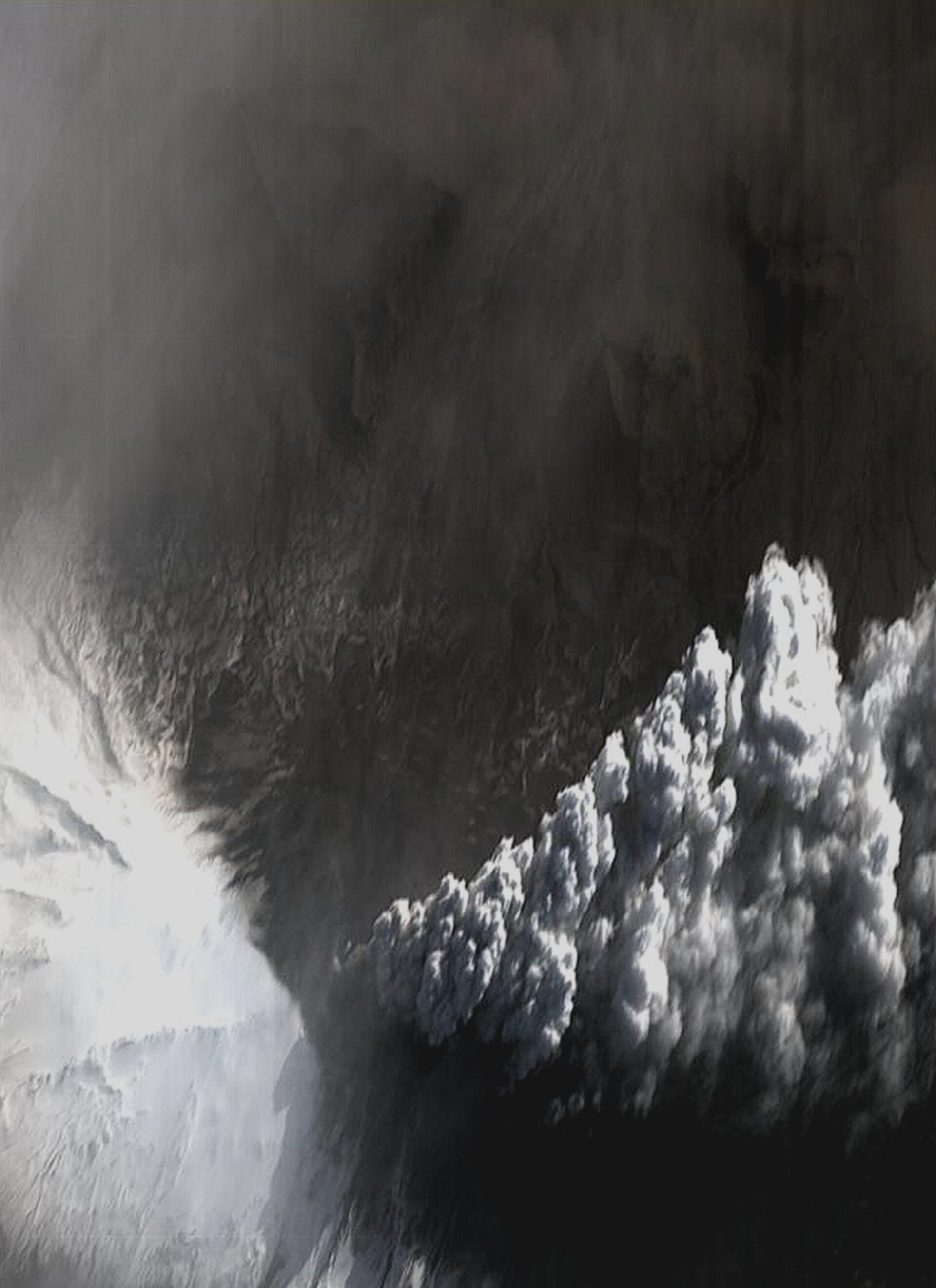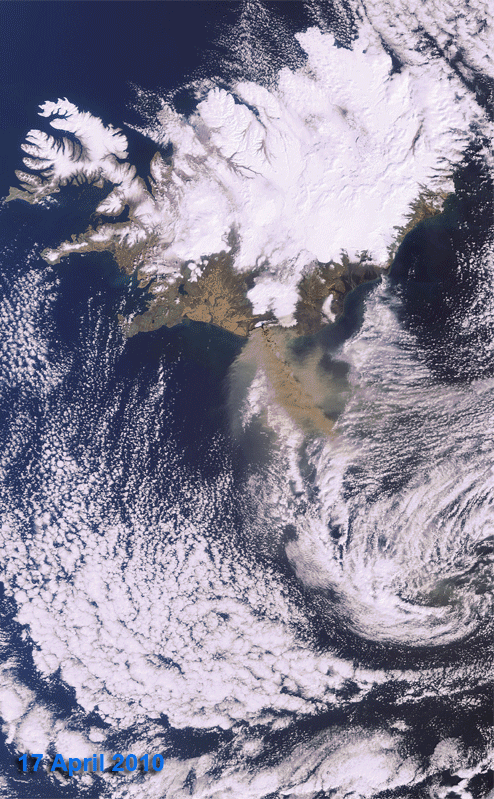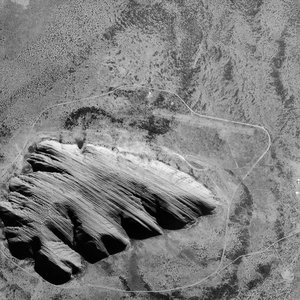Proba-1’s close-up view of Eyjafjallajökull volcano
ESA’s small Proba-1 Earth-watcher has pinpointed the source of the ash that recently paralysed Europe, peering in high resolution from 600 km up at the volcano smouldering through Iceland’s Eyjafjallajökull glacier.
This 5 m-resolution black and white image was recorded by Proba-1’s High Resolution Camera (HRC) on Wednesday 20 April. A second image, taken the previous day with the volcanic plume extending in a different direction, clearly reveals the breach in the glacier made by the volcanic eruption.
The path of the steam and ash plume rising from the icecap has been tracked by ESA’s Envisat and other satellites as it spreads across Europe, although the Eyjafjallajökull eruption is currently reported to be weakening.

Proba-1 is the first in ESA’s Proba series of microsatellites, aimed at providing in-orbit testing of new space technologies. Smaller than a cubic metre, Proba-1’s many experiments include the compact HRC, acquiring monochromatic images with an area of 25 square kilometres.
HRC operates alongside Proba-1’s larger CHRIS (Compact High Resolution Imaging Spectrometer) hyperspectral imager, which returns 18 m-resolution images across 19 programmable spectral bands.

Proba stands for ‘Project for Onboard Autonomy’ and both imagers are largely autonomous. Controllers at ESA’s Redu station in Belgium send up the location to be imaged – latitude, longitude and altitude – then the satellite itself does the rest, lining up its instruments with its target on the ground.
Proba-1 was launched back in 2001 as an experimental mission but is still going strong, having since been reassigned to ESA’s Earth Observation Directorate. In November last year it was joined in orbit by Proba-2, focused on solar monitoring. Proba-3, to test formation-flying techniques, and Proba-V,to monitor global vegetation, are in preparation.






